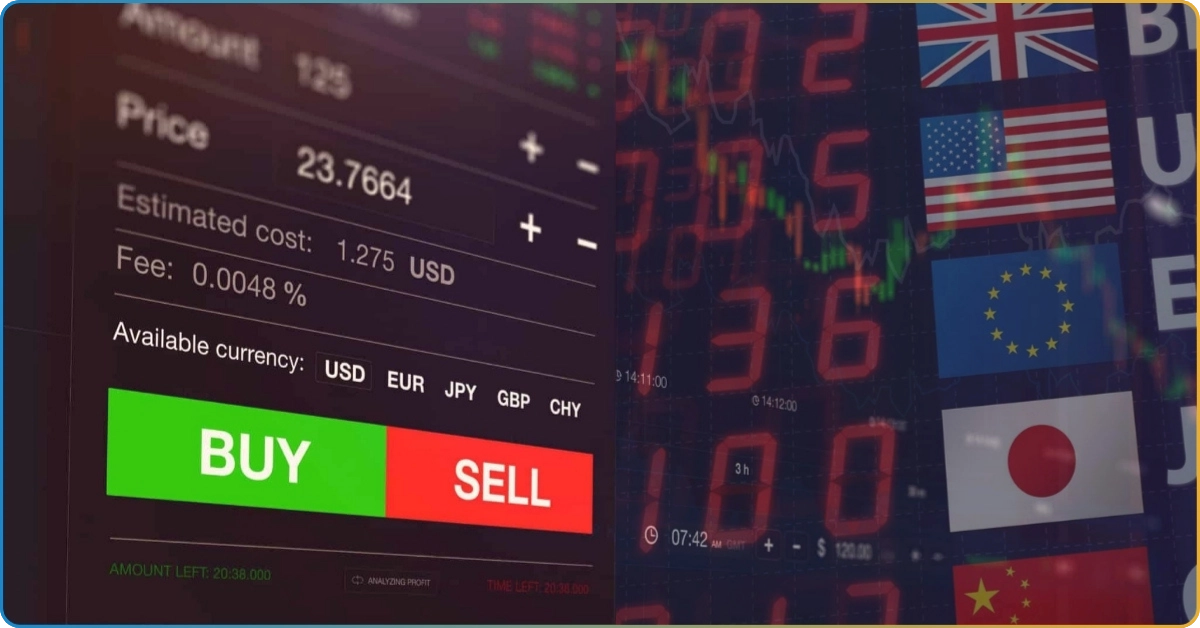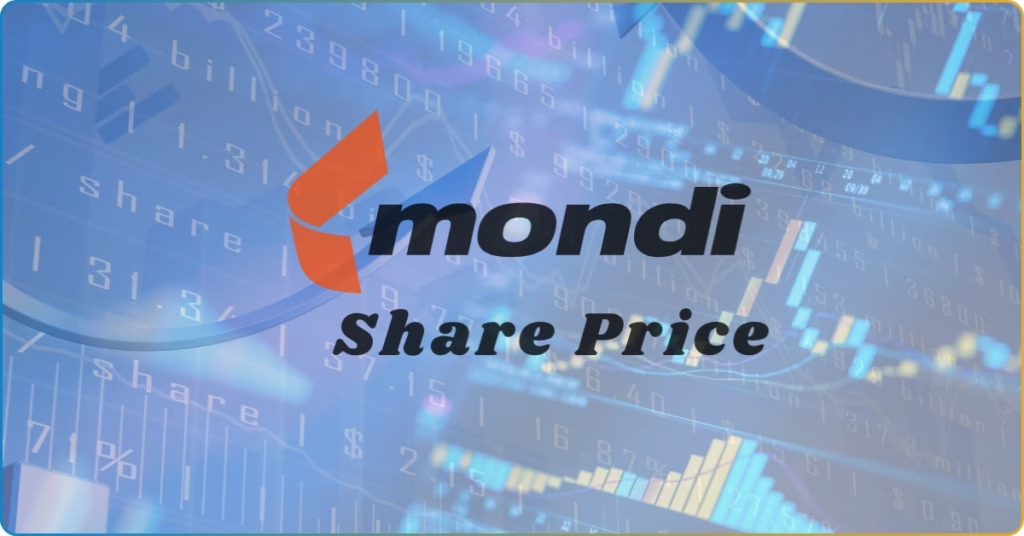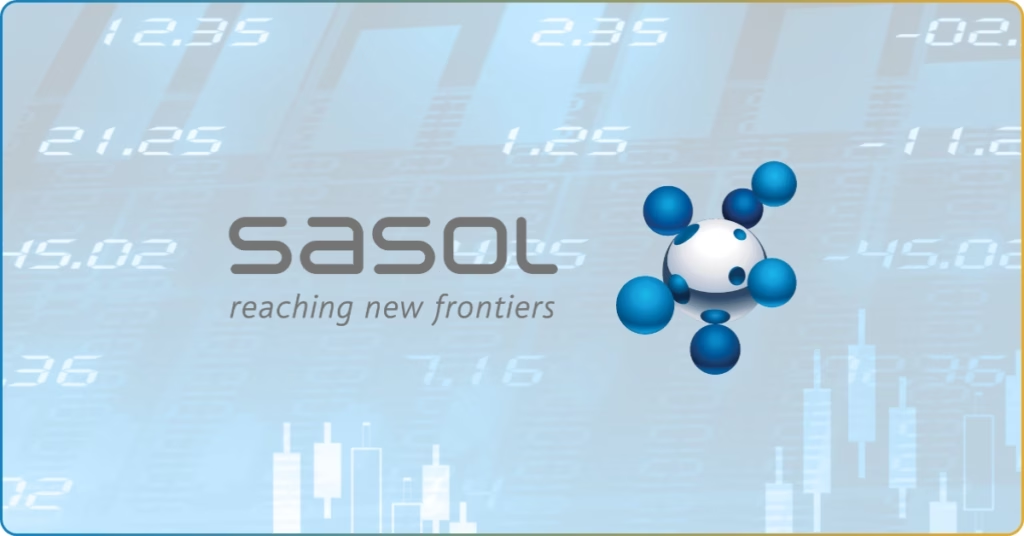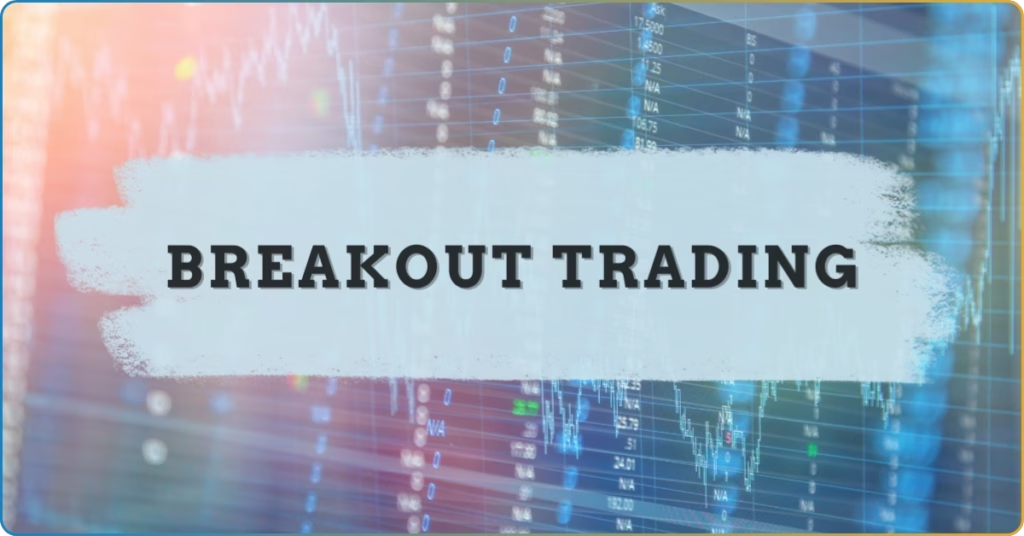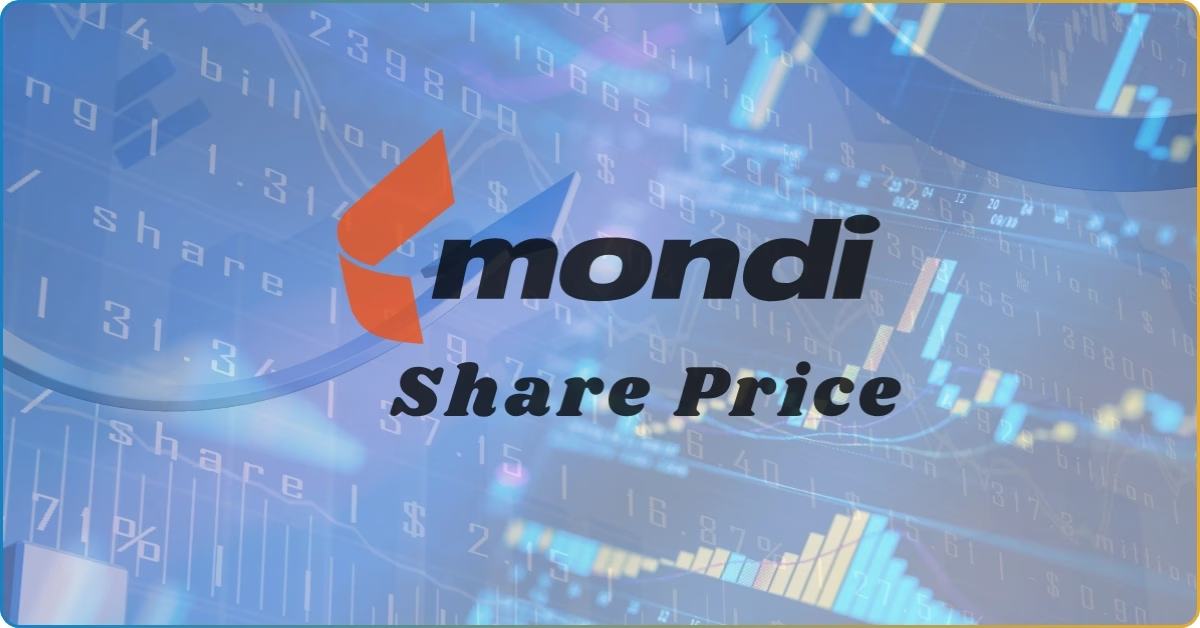Dealing with the financial market has once been the domain of financial institutions. With the rise of technology and the Internet, online trading platforms emerged into the limelight, opening doors for investors to test their skills in currency trading.
One of the most common forms of currency trading, foreign exchange (forex) trading, involves the buying and selling of foreign exchange currencies in hopes of profiting from changes in their values.
For this TRU insight, we’ll explore the basics of forex trading, including the three types of market analyses and forex trading strategies for beginners. You can also get a link to your very own copy of the Forex Trading for Beginners PDF.
Download a Free Copy of the Forex Trading for Beginners PDF
Our Forex Trading for Beginners PDF is available to download now!
Learn the essentials of forex trading and kickstart your trading journey with this guide to forex trading for beginners. PDF download is available for free!
Here’s how you can access the file:
- Log in to your TRU account. If you don’t have an account yet, you can create one here for free.
- Go to the Trading Resources space
- Find the “The Ultimate Forex Trading Foundational Guide” post
- Download the E-book for FREE!
What is Forex Trading?
Foreign exchange trading, also known as FX trading or forex trading, is the method of buying and selling currencies (aka money) in the global market space.
It stands as one of the largest and most liquid markets worldwide, with an average daily trading volume expected to exceed seven trillion U.S. dollars.
Compared to traditional stock or bond markets, forex trading is open 24 hours a day, five days weekly, enabling traders to participate in the market at any given time.
What makes forex trading appealing to traders is its accessibility to even novice traders like you!
Retail traders are individuals who trade forex from the convenience of their computer device, the Internet, and their own trading account with a forex broker of their choice.
You can learn more about retail traders with our Forex Trading for Beginners PDF file.
Getting Started in Forex Trading
It’s time to start your trade! Forex trading for beginners starts with choosing the broker you’ll trade with. This important factor serves as the foundation of your forex trades.
Choosing a Broker
When selecting a forex broker, it’s necessary to consider factors like:
- Trading platform
- Customer support
- Regulatory compliance
- Fees
Among these factors, the most important consideration is their regulatory compliance. Our expert traders always advise trading only with brokers who are regulated by reputable regulatory bodies like:
| Regulatory Body | Place of Origin |
| Securities and Exchange Commission (SEC) | United States of America |
| The Financial Conduct Authority (FCA) | United Kingdom |
| Cyprus Securities and Exchange Commission (CySEC) | Republic of Cyrus |
| Commodity Futures Trading Commission (CFTC) | United States of America |
| Australian Securities and Investments Commission (ASIC) | Australia |
| Financial Sector Conduct Authority (FSCA) | Africa |
Trading with regulated brokers not only ensures that the broker is safe to trade with but also that your funds are secure. Make sure to check our Forex Trading for Beginners PDF to learn our experts’ tips on choosing a forex broker.
Setting Up a Trading Account
After you choose a broker, the next step is opening a trading account. The normal process involves:
- Completing an online application
- Submitting identification documents
- Funding your account
Note that forex brokers offer various account types tailored to traders’ preferences, including standard accounts and demo accounts for newbies to practice trading.
Our experts recommend practicing with a demo account before investing real money, allowing you to familiarize yourself with the trading platform. It also allows you to test your forex trading strategy in a simulated environment.
To learn more tips on getting started with forex trading, feel free to check out our Forex Trading for Beginners PDF.
Analyzing the Forex Market
It may not sound positive, but risks are an integral part of financial markets. To continue reaping the best profits in the forex market, you need to master a crucial aspect: market analysis.
Market analysis helps traders predict future market behavior and price movements. It involves using factors like economic indicators and historical market data to determine market trends.
By conducting the following types of market analysis, you can successfully navigate the financial market’s risks. Note that you can learn more about each analysis in our Forex Trading for Beginners PDF.
Technical Analysis
Technical analysis is a method of using various market indicators and charting tools to identify trends and patterns. Among the technical analysis tools are:
- Trendlines
- Moving averages
- Oscillators (e.g., Relative Strength Index)
Traders use technical analysis to make informed short-term trading decisions based on price actions and market momentum. The method allows traders to have a systematic approach to interpreting market movements.
You can read more about technical analysis in our Forex Trading for Beginners PDF.
Fundamental Analysis
This type of analysis examines macroeconomic factors to determine the strength and direction of currency movement. These factors include:
- Monetary policies
- Geopolitical events
- Economic indicators
When it comes to fundamental analysis, currency prices are usually driven by the demand and supply dynamics, which are influenced by broader economic conditions.
It generally offers traders valuable insights into the long-term direction and trends of currency markets. Learn an in-depth explanation of fundamental analysis in our Forex Trading for Beginners PDF.
Sentiment Analysis
Also known as market sentiment analysis, this type of market analysis attempts to determine future market behavior based on how the market participants feel about a specific financial asset or the entire market.
Traders who apply sentiment analysis tend to examine economic news reports and adjust their trading strategy based on how they forecast the market will respond to these reports.
Beyond the outcomes taken from fundamental and technical analysis, it’s important to determine whether a market is bullish.
Market sentiment analysis is crucial, as it significantly impacts the overall market direction. Since it represents the collective consensus of market participants, you won’t have to trade against the prevailing market flow.
Interested in using this market analysis? You can download our Forex Trading for Beginners PDF and learn more about the method.
Forex Trading Strategy
Before developing a trading strategy, it’s essential to determine your trading style. The style you choose will dictate how long your trade will take place and the types of setups to look for in the market.
To help you choose, below are the types of trading styles and their pros and cons:
Short-Term: Scalping and Day Trading
| Trading Style & Definition | Pros | Cons |
| Scalping utilizes quick spikes in volatility, allowing traders to capture pips per trade. Trading duration typically ranges from seconds to a few minutes. | – No positions exposed overnight – Quick trades – Maintains a higher win-loss ratio | – Difficult to time entries – Spreads and slippage may affect outcomes drastically – Requires monitoring charts over long periods |
| Day trading involves a wide range of strategies that use short-term volatility and price swings. As the name suggests, day trading holds trades that typically close by the end of the trading day. | – No positions exposed overnight – Quick profit potential – Higher win-loss ratio | – Requires traders to monitor charts for long periods – Can be highly stressful – Spread and fees can factor in |
Mid-Term: Swing Trading
| Trading Style | Pros | Cons |
| Swing trading involves entering a trough (or bear trend peak) and riding the trend to maximize profit. Traders generally hold positions from a few days to a few weeks. | – Easier to learn – Set-and-forget strategy – Generally higher R-multiple – Can be executed part-time and requires less time to monitor charts | – Lower win rate but higher R-multiple, which can be stressful – Exposure to sudden price changes and news events – Risky to hold positions overnight |
Long-Term: Position Trading
| Trading Style | Pros | Cons |
| Position trading is a type of trading style that suits large institutions, investors, banks, and hedge funds. This type of trading style requires an in-depth analysis of macroeconomic factors. Positions are also held from a few weeks to a few months (and sometimes even for more than a year) | – Potential for enormous profits – Requires less time to monitor charts and is slow – Lower stress levels, leading to better decisions | – May require holding losing positions for an extended period – Requires a thorough understanding of macroeconomics – Requires constant analysis of world events |
Still unsure which forex trading strategy is good for you? Check out our Forex Trading for Beginners PDF to learn more about each strategy so you can make an informed decision.
FAQs
Where is the forex market located?
Forex markets do not have physical locations that serve as trading venues. Rather, these markets operate through connected computer networks and trading terminals.
The most common participants in the forex market are financial product banks, institutions, commercial banks, and retail investors.
Who trades forex?
In our Forex Trading for Beginners PDF, we noted that, in its early years, the forex market was operated by large financial institutions and banks, which were the only entities that could engage in trading.
Trading currencies seemed complicated for individual investors until the Internet emerged.
Although commercial and investment banks still dominate forex trading worldwide, there is also an opportunity for professional and institutional investors to trade currencies against each other.
Is forex trading just luck?
Forex trading involves using a significant amount of skill, strategy, and research. However, luck can sometimes play a role in trading outcomes.
The most adept traders acknowledge the importance of both factors and know how to control what they can while staying prepared for the market’s unpredictability.
If you want to know more about how to trade forex for beginners, you can get more information in our Forex Trading for Beginners PDF.
Kickstart Your Forex Trading Journey
Forex trading is more than just luck; it’s a measure of skill and knowledge in trading various currencies against one another.
Knowing these forex basics is just the beginning of your trading journey. You can further enrich your trading experience by joining a reliable online community like CommuniTrade.
CommuniTrade is your one-stop online service for everything you need to know to survive in the financial market.
We house a team of seasoned traders who can guide you in every step of your trading journey. You can ask questions, share ideas and experiences, and learn the best strategies to stay ahead of market trends.
Becoming a TRU member also gives you exclusive access to the most unique trading resources, such as our in-depth guide to Forex Trading for Beginners PDF.
Get the most out of forex trading with CommuniTrade.

